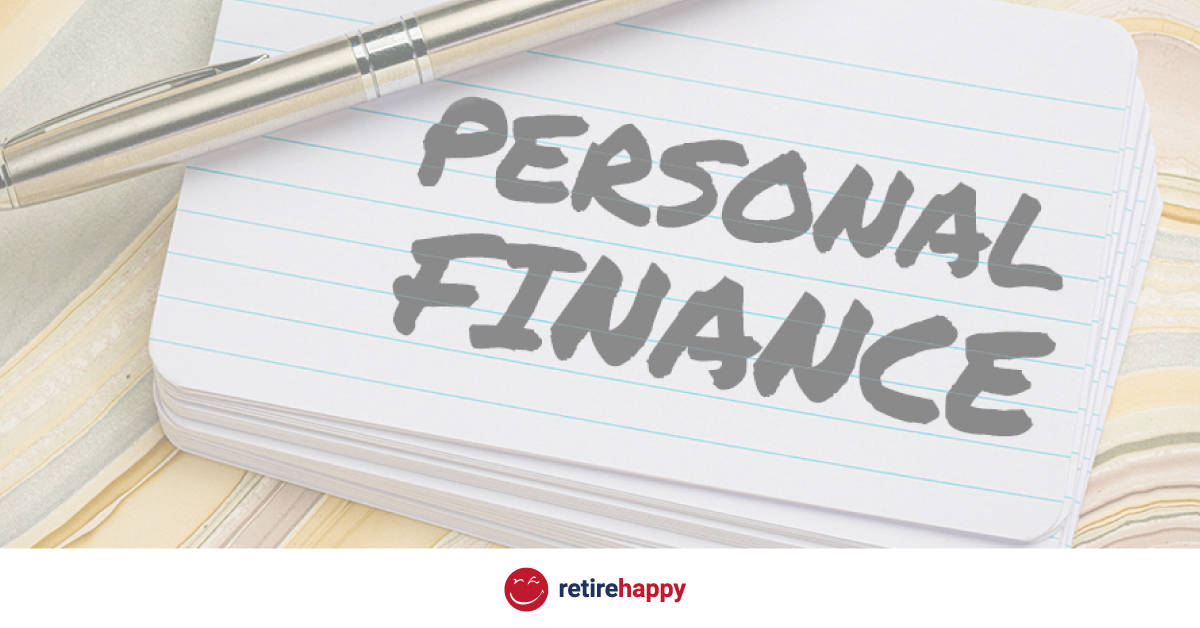Personal finance doesn’t have to be complicated

I’ve always believed that the basics of financial and retirement planning are ridiculously simple. I blame the financial services industry for complicating things – perhaps to create a mystique around what we do.
For example, the most important things you need to know about financial planning are these:
- Spend less than you earn;
- Pay yourself first, and;
- Protect yourself from personal disasters that can crush your finances.
Thousands of books have been written that tout those three ideas.
When University of Chicago professor Harold Pollack interviewed award-winning financial writer Helaine Olen he made the suggestion that everything you need to know about personal finance could fit onto a single index card. To demonstrate, he scribbled a list of rules onto a four- by six-inch card.
The two then collaborated on a little book called The Index Card: Why Personal Finance Doesn’t Have to be Complicated.
I appreciate simplicity and love the idea of a simple set of guiding principles. It can be far more effective than one of those monster financial plans of 20 or 30 pages that only engineers ever use.
Related: Building Wealth is Simple, not Easy
What you can do
Your personal card can include some basic principles such as my three numbered items above. Honestly, there’s nothing magical about living below your means and paying yourself first? They’re common-sense. The problem is that so few people actually do those things. Putting your principles onto a card and reviewing them periodically makes you accountable and more likely to achieve your goals.
You might start by writing down on a pad of paper what’s important to you about money. What do you need it to achieve? That’s not as glaringly obvious as you might imagine. Do you want to save as much as you can for an early retirement or do you want to spend everything you have (or more) with no concern for your future (in which case you’re probably not reading this anyway.)
What’s your income and your monthly spending. Perhaps you already have a budget or at least you have your spending under control. Write down all of your debts, what they’re for and the interest rates.
How is your retirement planning coming along? Are you on track?
What investments do you have and how are they managed? Have you considered the merits of RRSPs versus TFSAs and other means of investing? Is your investing automated so that your investments are made monthly from your chequing account – which discourages bad behaviour that can crush your investments?
The book advocates saving at least 10 per cent and perhaps up to 20 per cent of your income. This rule is huge but so few actually do it. Do this for many years and you should be more successful than 95 per cent of Canadians.
Don’t delay
I’d say that for every five years that you delay you will need to increase your savings rate by two per cent. Don’t wait; it’s terribly destructive to your retirement planning.
Related: Your Money Mistakes
The authors also strongly discourage people from owning individual stocks, which is much like gambling. They say that you should have insurance to protect against life’s mishaps that can devastate your investments.
Pick this book up just for the advice on how to set up your own index card. It’s $33 and money very well spent.
The authors advise that you, “take a screen shot of (your card) so you can keep it on your phone. Carry it around in your pocket. Make it the default screen saver on your laptop. Heck, have it tattooed on your arm if you want.”
But create your own card. It’s a summary of your goals and what you need to do to achieve them. It’s important.

Comments
Nice one, Wayne, well said. Too many people in the industry want to make personal finance and investing complicated so the average person has to rely on their ‘wisdom’.
The one thing I would add is keeping fees low- less than 1% total for advice as the effect of compounding over time can really eat into retirement savings.
Wayne,
The 3 points on the card are absolutely accurate, but very general.
If you google “cra bc income tax table”, some interesting data are shown, that I think apply to item 2 on the list – Pay yourself first.
If your taxable income is up to $38,898, dividend income tax is -6.84% – that’s a minus sign.
If you have a Margin account (not a registered account) with $2,000, you’ll be able to buy a maximum of ±$3,500 if dividend paying stocks or funds.
Using TMXMONEY’s dividend screener you can find funds that pay monthly dividends – try it, it’s free and simple to use and understand.
Let’s say you select a fund that pays 10%. You’ll earn $350 in dividends, pay $75 in Margin interest (±5% on $1,500). Your portfolio will fluctuate just as all stocks or funds do. The important factor in the strategy is the income.
What to do with the income? Automatically re-invest the income which will cause the monthly dividend to rise every month and after (72÷10%) 7.2 years you’ll likely have ±$7,000 generating ±$700 a month.
Is this guaranteed? It’s a projection based on historical performance. If you don’t do anything, the projection is you’ll have $2,000 and be paying too much income tax, every year.
Remember the CRA table: you’ll reduce your income tax when receiving dividends. Repeat: the government will reduce your income tax to receive dividends.
Not shown on the CRA table is that the interest expense to borrow to create income (carrying charges) is 100% deductible from your gross income and taxable income – just like your RRSP contributions are. If you put $2,000 in an RRSP, your income tax will be reduced by ±$400, once, and theoretically will reimburse it once you’re retired. Within the RRSP you cannot borrow, so that you can have only $2,000 working for you.
The strategy I outlined will:
•pay you $350 every year cash if you don’t re-invest,
•reduce your income tax every year with a negative tax rate on the dividends,
•reduce your income tax every year by deducting the Margin loan interest every year.
You may have noticed that the Margin loan is never repaid and that the interest will grow every year. In (72÷5%) ±14 years, the interest will be $150 a year.
The only guarantee here is if you don’t – don’t do anything, you’ll have $2,000 in 7 years and you’ll be paying too much income tax.
A final point regarding the income tax saved. You could deposit it in a TFSA. This could be your emergency cash, or invest it to generate dividends.
RRSPs are touted as the retirement solution. This was true before the Internet, before readily available money managers offered their expertise by providing specialized funds to everyone, not just rich people.
Pay yourself first, rather than pay income tax.
I do follow all the three points you mentioned. It is simple. But, it needs a lot of discipline.
I grew up on a farm in the days when ChargeX was a new thing. There was one basic rule: if you don’t have the cash, then you can’t buy it. The farm was different, running on a line of credit. But to this day, it about kills me to put something on a credit card. And I think that TFSA is the best thing ever.
And don’t forget to thank Justin for keeping it at $5500.
More to the point he reduced it from 10K down to 5.5K !